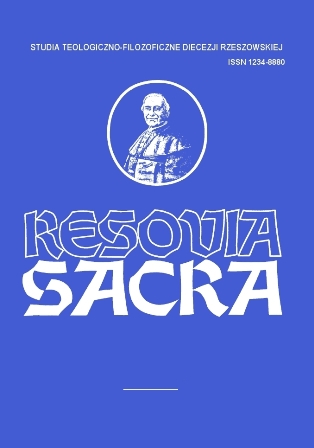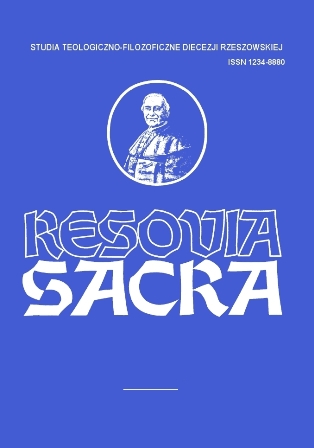
CHANGES IN THE POPULATION STRUCTURE, VITAL STATISTICS AND RELIGIOUS SITUATION IN THE VILLAGE AND PARISH OF IZDEBKI AFTER THE YEAR 1945
ZMIANY W STRUKTURZE LUDNOŚCI, RUCH NATURALNY ORAZ SYTUACJA WYZNANIOWA W MIEJSCOWOŚCI I PARAFII IZDEBKI PO 1945 ROKU
Keywords: Izdebki parish; population; religion; migration
After World War II, Izdebki Paris, which belonged to the diocese of Przemyśl, had an average number of followers. One year before the outbreak of hostilities, Izdebki was inhabited by 2300 people. At the end of the war and Nazi occupation, the demographic situation changed significantly. In 1945, the population of Izdebki parish amounted to 2462 inhabitants. The territory of Izdebki parish was inhabited by three population groups: Roman Catholics, Greek Catholics and adherents of Judaism. Changes in the population structure of the village and parish of Izdebki were influenced by the following factors: war activities (extermination of the Jewish population, transportation to forced works), conversion of part of the population of Greek Catholics to Roman Catholicism, migration resulting from the deterioration of the socio-economic situation in the Brzozów region.
More...
